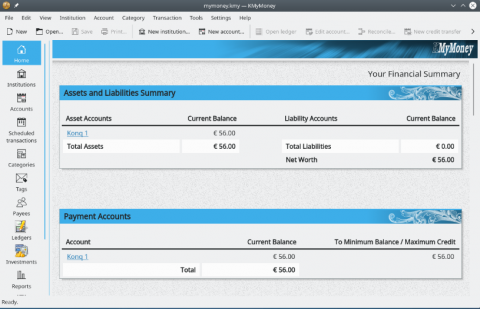Latest Published Articles
| Title | Body | Authored on |
|---|---|---|
| OpenMediaVault Open Source Application |
OpenMediaVault is a free and open-source software for building a Network-Attached Storage (NAS) system. It is based on Debian Linux and is designed to be simple to use and easy to set up. OpenMediaVault offers a web-based interface that allows users to easily manage their NAS, including file sharing, backups, and other network services. |
|
| The Ultimate Raspberry Pi Backup Strategy | In this article I’m going to discuss a Raspberry Pi (RPi) backup strategy that I use and that I recommend you use as well in backing up your RPi devices. This assumes, of course, that you own such devices. |
|
| MeshCentral Open Source RMM Application | MeshCentral is a comprehensive website for computer management. |
|
| CEPH Data Storage Technology | CEPH is an open-source, distributed storage system designed for scalability, performance, and reliability. |
|
| LastPass Users' Passwords & Data Are In Hackers' Hands | According to LastPass, one of the best password managers, hackers got access to a lot of customer personal inform |
|
| The Evolution of the Internet and the World-Wide Web (W3) |
|
|
| Remembering an Old Acquaintance: The Obituary of a Dead Operating System | REDMOND, WASHINGTON – This author was recently searching on the Internet looking for an old acquaint |
|
| Docker Containerization in Linux | The concept of docker containerization in Linux is very similar to the concept of virtualization. Using virtualization in Linux is accomplished through the use of a hypervisor, such as VMWare, Virtual Box, or Virtual Machine Manager. Virtualization allows one to run small Virtual Machines (VMs) on one server platform and they each exhibit the functionality and performance of physical servers, yet are virtual. Containers are not actual servers; that is to say, not in the same way one would typically think of servers. |
|
| Google Font Equivalents | This reference lists common Microsoft fonts and their Google Open Source equivalents, along with two |
|
| Creating Docker-Compose Applications |
Copyright © 2025 Dan Calloway.com - All rights reserved
Developed & Designed by Alaa Haddad

